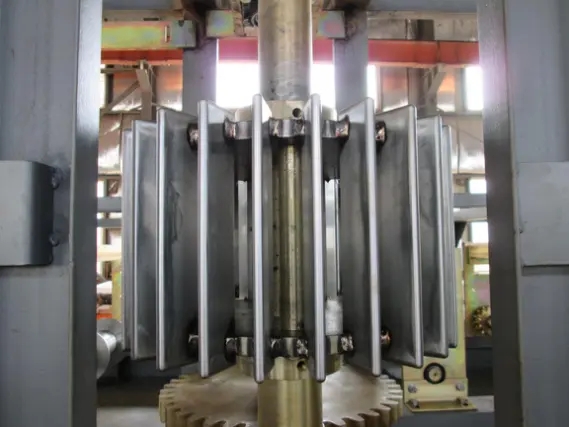
Roof and Wall Panel Roll Forming Machines An Overview
In the architecture and construction industries, efficiency and quality are paramount. One of the technological advancements that have greatly improved these sectors is the roof and wall panel roll forming machine. These machines play a crucial role in the mass production of roofing and wall panels, providing builders with high-quality materials that can withstand various environmental conditions while being cost-effective.
What is a Roof and Wall Panel Roll Forming Machine?
A roof and wall panel roll forming machine is a specialized piece of equipment designed to create continuous profiles for roofing and wall panels from metal sheets. The process involves feeding metal coils into a series of rollers that progressively shape the material into desired panel configurations. These machines can produce a wide variety of profiles, including standing seam roofing, corrugated panels, and insulated wall panels, catering to the diverse needs of modern construction.
How Does It Work?
The operation of a roll forming machine involves several key steps
1. Coil Loading The process begins with loading metal coils onto the machine. Common materials include galvanized steel, aluminum, and color-coated metal sheets, each selected for its properties suited to building applications.
2. Feeding and Alignment The metal coil is fed into the machine and aligned precisely. Proper feeding is crucial for maintaining the panel quality and ensuring consistent production.
3. Roll Forming As the metal sheet passes through the rollers, it is gradually shaped according to the desired profile. The rollers are specifically designed to create intricate designs while exerting the necessary pressure to achieve the desired thickness without compromising the metal’s structural integrity.
4. Cutting Once the panel has reached the desired length, a cutting mechanism slices it to size. This can be done either through shearing or using a flying saw, ensuring clean cuts without causing damage to the finished product.

Benefits of Using Roll Forming Machines
Utilizing a roof and wall panel roll forming machine comes with numerous advantages
- Efficiency Roll forming enhances production speed, allowing manufacturers to produce large volumes of panels in a relatively short period. This efficiency enables construction projects to progress more rapidly.
- Consistency The automated nature of roll forming ensures that each panel produced is uniform in quality and dimension. This consistency is crucial for fulfilling building regulations and standards.
- Material Optimization Roll forming reduces material waste compared to other fabrication methods, as it utilizes the full width of metal coils and minimizes off-cuts.
- Flexibility Modern roll forming machines can be adjusted to create various panel profiles, making them versatile for different architectural needs and customer preferences.
- Cost-Effectiveness The combination of high-speed production, reduced labor costs, and minimized waste results in lower overall costs for manufacturers, which can then be passed on to consumers.
Applications
Roof and wall panel roll forming machines are primarily used in commercial and industrial construction projects, where durable and weather-resistant materials are essential. Typical applications include warehouses, agricultural buildings, shopping centers, and residential homes. The aesthetically pleasing designs and functional benefits of these panels also make them a popular choice for architects and builders looking to enhance the overall appearance and performance of their projects.
Conclusion
In summary, roof and wall panel roll forming machines represent a significant innovation in the construction industry. By streamlining the production process, improving consistency, and reducing costs, these machines have become an indispensable tool for manufacturers globally. As the demand for efficient and durable building materials continues to grow, roll forming technology will undoubtedly play an integral role in meeting these needs while supporting the advancement of modern architecture and construction.